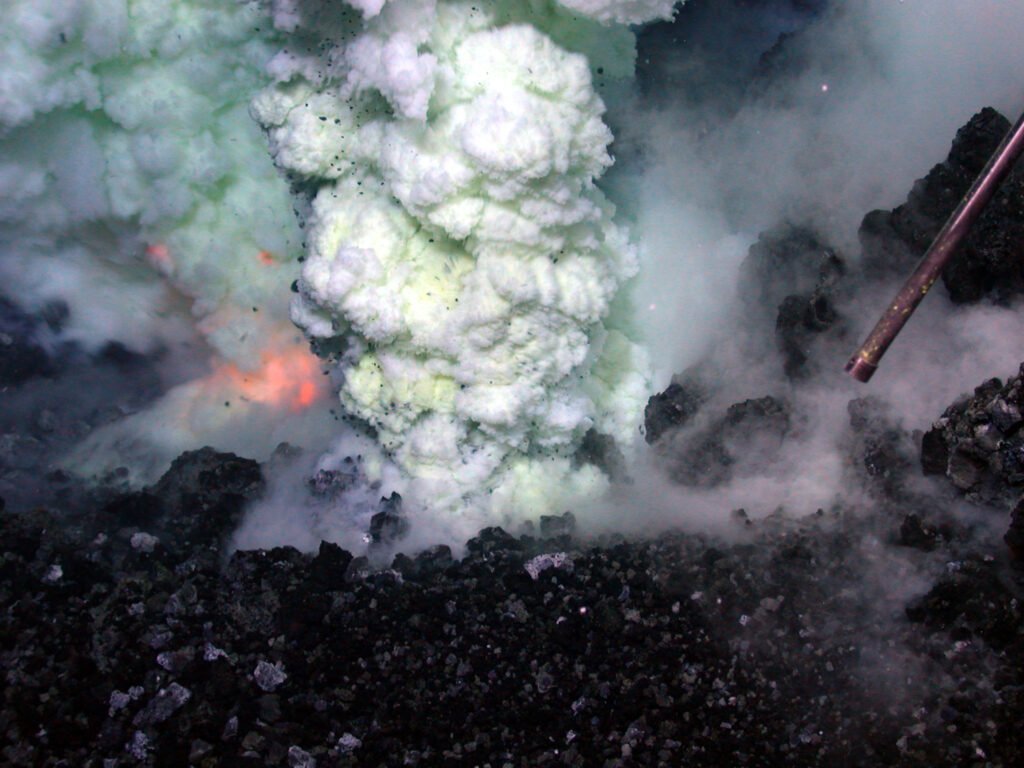Most of us picture volcanoes as towering peaks spewing lava into the sky, but the most active volcanic regions on our planet actually lie hidden beneath the waves. With each passing month, scientists discover more about these underwater giants, and their findings are revealing something quite surprising: the next major eruption that impacts global life might not come from Mount Vesuvius or Yellowstone, but from the depths of the ocean floor.
Recent discoveries have changed how we think about underwater volcanic activity. From advanced monitoring systems detecting unprecedented activity to new research linking oceanic eruptions to climate patterns, the picture emerging is one of remarkable complexity and potential danger. What makes this even more fascinating is that we’re living through a unique moment in scientific history where we can actually predict and observe these deep-sea eruptions in real time.
The Hidden Volcanic Powerhouse Beneath Our Oceans

You might be shocked to learn that most volcanic activity on Earth occurs as deep, underwater eruptions. These submarine volcanoes aren’t just scattered randomly across the ocean floor. These rift zones, which are found in all of the Earth’s major ocean basins, are known as seafloor spreading centers because they are places where tectonic plates are moving away from each other.
The scale of this underwater volcanic system is mind-boggling. The cusp of Tolstoy’s work depended on real-time monitoring of underwater volcanoes that lie along the approximately 40,000 miles of ocean ridges on this planet. To put this in perspective, that’s more than the entire circumference of Earth at the equator.
Submarine volcanoes are relatively unexplored but are thought to number over a million, of which several thousand may be currently active. Most of these volcanic giants operate in complete darkness, thousands of feet below the surface, creating new ocean crust and reshaping our planet’s geology without us ever noticing.
Axial Seamount: The Most Watched Underwater Volcano
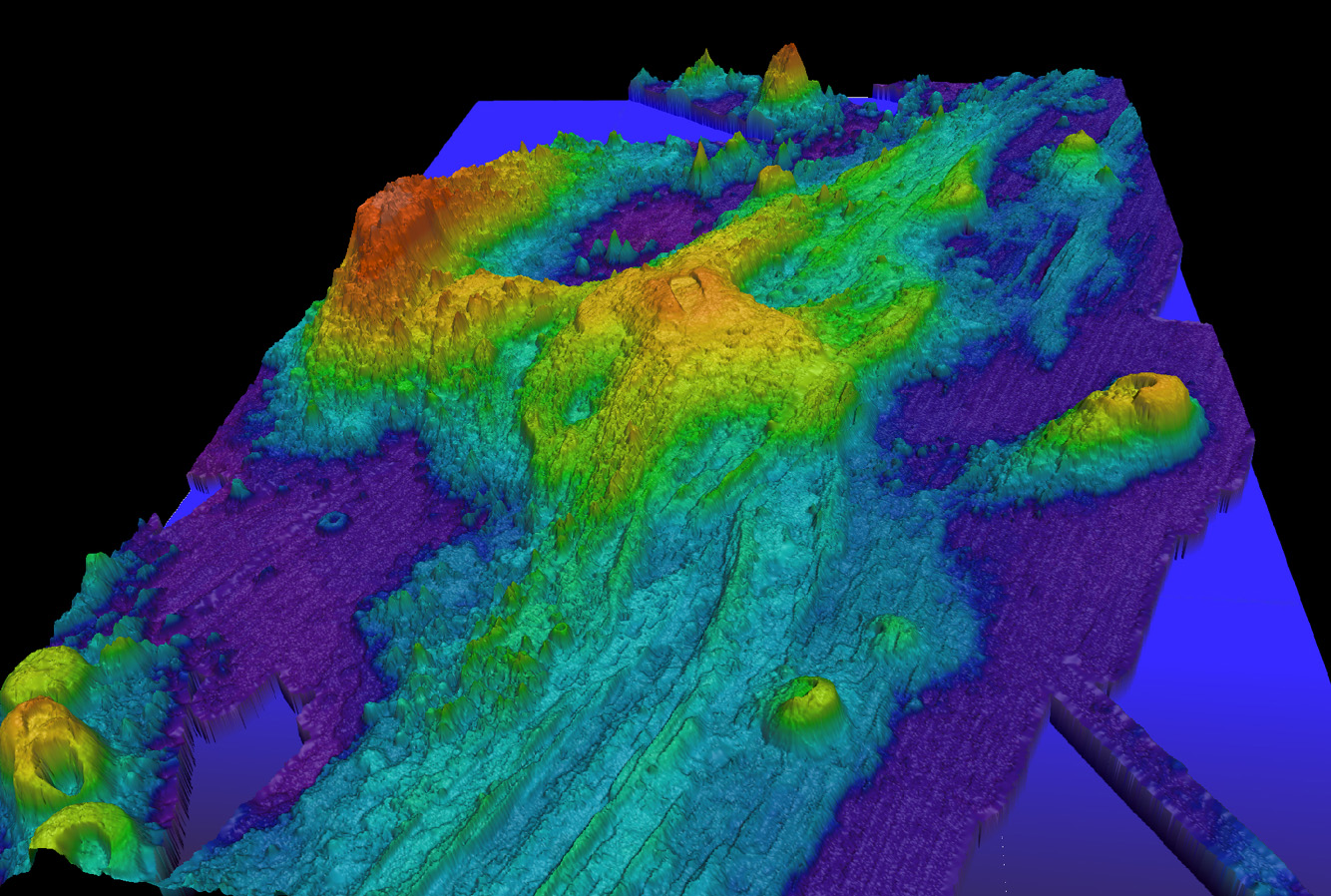
Three hundred miles off the coast of Oregon and approximately 4,600 feet below the surface of the Pacific Ocean, one of the Pacific Northwest’s least famous – but most active – volcanoes is showing signs that it will soon erupt for the first time since 2015. This underwater giant is called Axial Seamount, and it has become something of a celebrity in the volcanic research community.
What makes Axial so special isn’t just its predictable behavior. It’s “the most well-instrumented submarine volcano on the planet,” says Mark Zumberge, a geophysicist at Scripps Institution of Oceanography in La Jolla, Calif., who was not involved in the work. Scientists have transformed this underwater mountain into a high-tech laboratory, complete with sensors that track every tremor and movement.
So, Axial’s on the spreading ridge, but it’s also over a hotspot. That’s why it has an extra magma supply. And that’s why it’s the most active volcanic site, you know, on the ridge and in the northeast Pacific. This unique geological position makes it both fascinating to study and potentially more dangerous than typical underwater volcanoes.
The monitoring setup at Axial resembles something from a science fiction movie. The UW College of the Environment is home to one of the world’s largest underwater observatories hosting networks of sensors on the seafloor and throughout the ocean waters. The array, which sends real-time data from 150 instruments to shore at the speed of light, spans the Juan de Fuca plate, from the Oregon coast to the summit of Axial Seamount 300 miles offshore.
Signs of Imminent Underwater Eruption
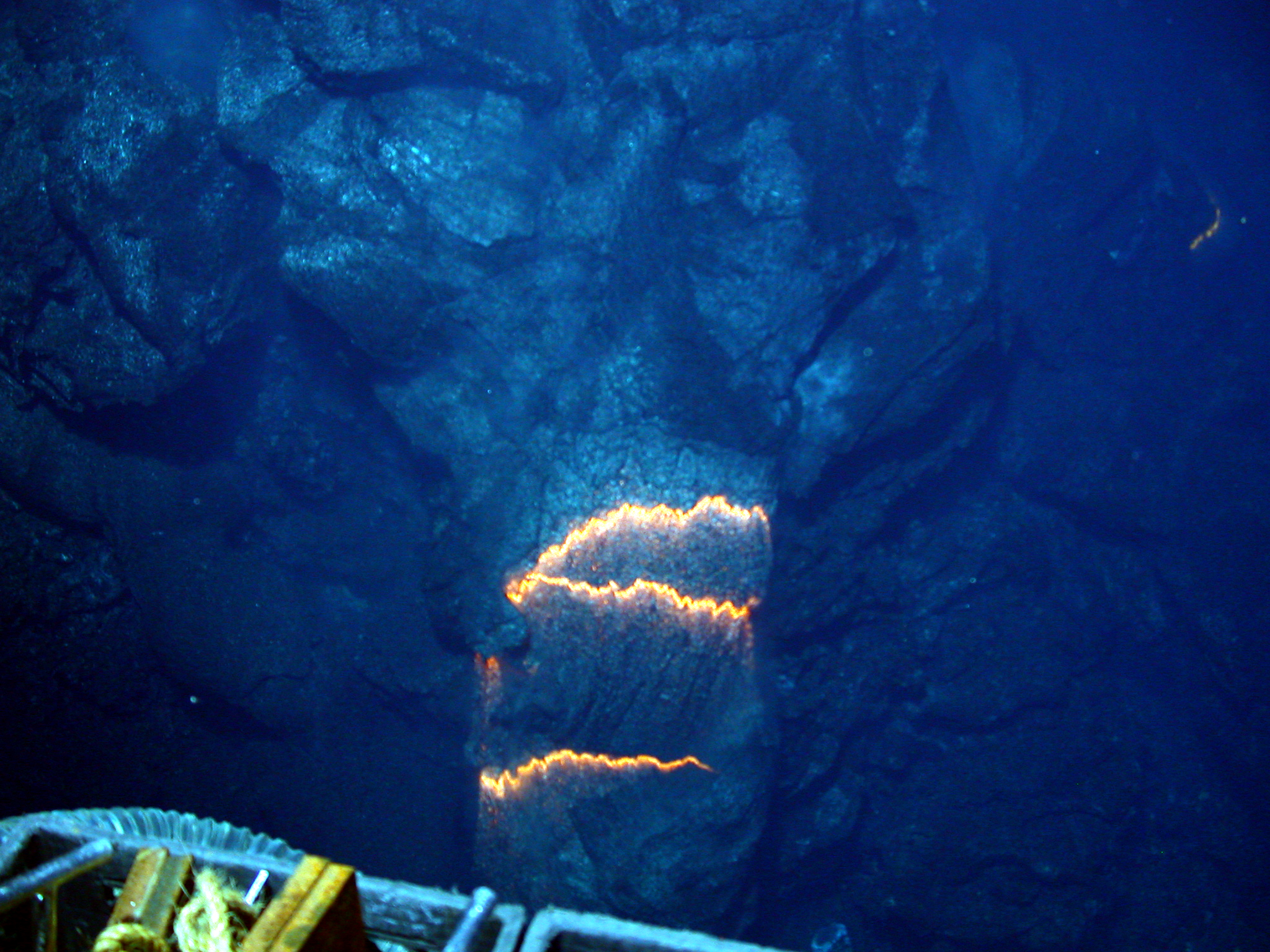
The warning signs of an underwater eruption are quite different from what you might expect from land-based volcanoes. Ballooning is a sign that magma has accumulated underground and is building pressure. Think of it like a balloon slowly inflating deep beneath the ocean floor.
By mid-2024, that rate hit 10 inches per year, while daily earthquakes soared into the hundreds. This dramatic increase in seismic activity caught researchers’ attention immediately. In the fall of 2023, and especially in 2024, the rate of inflation slowly picked up again, and the number of earthquakes really increased.
Scientists have become remarkably good at reading these underwater warning signs. In November, scientists were tipped off about the possibility of an imminent explosion when Axial’s surface swelled to nearly the same height it had risen to in 2015 – just before it last erupted. When this so-called ballooning happens, it usually means magma is pooling underground and pressure in the surrounding area is increasing.
The precision of modern monitoring allows researchers to track changes that would have been impossible to detect just decades ago. This is typically accompanied by a massive increase in seismic activity, with hundreds of quakes detected each day.
Predicting the Next Major Underwater Eruption

For the first time in history, scientists are making bold predictions about when a submarine volcano will erupt. We’re currently saying that we think it’s going to erupt by the end of the year, the end of 2025, according to researchers monitoring Axial Seamount.
This prediction represents a breakthrough in volcanic forecasting. The 2015 swelling allowed Chadwick, of Oregon State University’s Hatfield Marine Science Center in Newport, and colleagues to predict that year’s eruption – “our best forecasting success,” he says. The success of that prediction gave scientists confidence in their current forecast methods.
In the last 30 years, Axial has erupted three times – in 1998, 2011, and 2015. This regular pattern of activity provides researchers with valuable data to refine their prediction models. The volcano’s predictable behavior makes it an ideal natural laboratory for understanding submarine volcanic processes.
However, volcanic prediction remains challenging even with advanced technology. Still, forecasting volcanic activity is not always easy, and eruptions can be unpredictable, even with data. “There’s always the risk that a volcano will follow a pattern that we haven’t seen before and do something unexpected,” Poland says to Science News.
The Unique Dangers of Oceanic Volcanic Eruptions
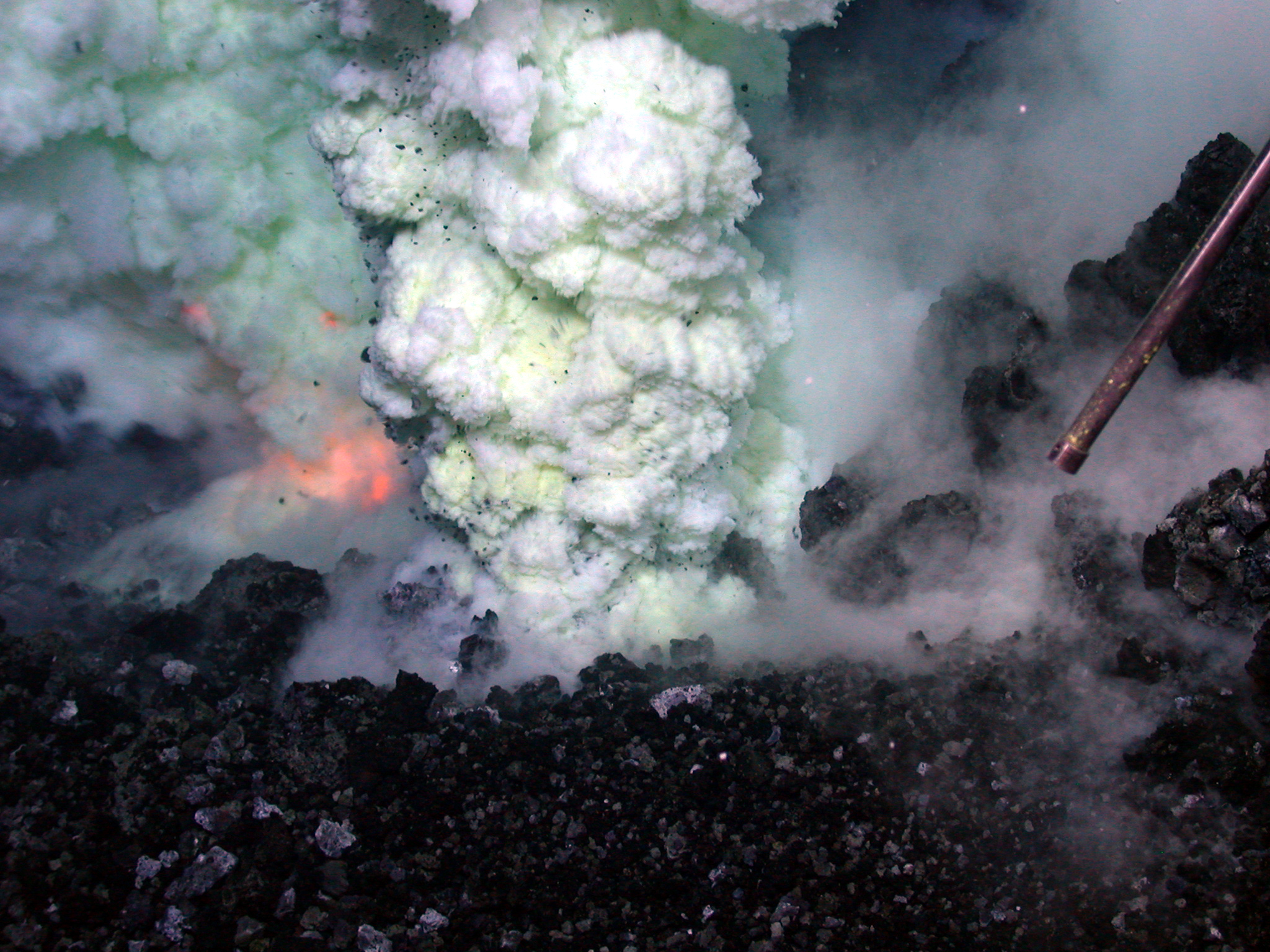
While most underwater eruptions pose little direct threat to human populations, some can be catastrophic. For example, the 2022 Hunga Tonga eruption in the South Pacific Ocean triggered a tsunami that caused hundreds of millions of dollars in damages. This event demonstrated how underwater volcanic activity can have far-reaching consequences.
Large-scale underwater volcanic eruptions can cause tsunamis by displacing vast amounts of water or triggering underwater landslides. The tsunamis can result in significant damage to coastal areas and pose risks to human life. The 2022 Hunga Tonga event was particularly noteworthy because it unleashed a powerful tsunami that destroyed homes and caused four deaths throughout Tonga. Another lasting effect of this event – the largest underwater explosion ever recorded by modern scientific instruments – was the huge amount of aerosol and water vapor plumes it launched skyward.
Other recent submarine eruptions in the Pacific Ocean Basin have produced subaerial plumes that reached aircraft heights (Carey and others, 2014) and large pumice rafts that can affect marine traffic and harbors. These floating islands of volcanic rock can drift for thousands of miles, creating navigation hazards and disrupting marine ecosystems.
Hundreds of the most dangerous volcanoes on Earth are found in the ocean, but almost none are monitored, making the hazards for nearby coastal communities and critical infrastructure difficult to forecast. This monitoring gap represents a significant challenge for global disaster preparedness.
How Underwater Volcanoes Impact Global Climate

The relationship between underwater volcanoes and Earth’s climate is more complex than you might imagine. They spew lava, carbon dioxide and other elements into the deep oceans. The carbon gets trapped in circulating water, cycled to different regions of the ocean, where it gets caught up in upwelling currents and emitted to the atmosphere.
Recent research has revealed surprising connections between underwater volcanic activity and climate patterns. Volcanoes seem to erupt when ocean tides are at their lowest point due to the gravitational pull of the moon and the sun. The timing corresponds to the six months of the year when the planet is drawing away from the sun, which loses its influence on the tides.
And because volcanic chains spread across 37,000 miles (59,500 kilometers) on the ocean floor, the eruptions could pump out enough carbon dioxide gas to shift planetary temperatures, the study authors suggest. However, it’s important to note that All studies to date of global volcanic carbon dioxide emissions indicate that present-day subaerial and submarine volcanoes release less than a percent of the carbon dioxide released currently by human activities.
The implication of this finding is that as sea levels rise due to climate change, they could mimic high tides and suppress underwater volcanic activity, and thousands of years hence, it would affect future climate. This creates a fascinating feedback loop between human-caused climate change and natural volcanic processes.
Advanced Technology Revolutionizing Underwater Volcanic Research
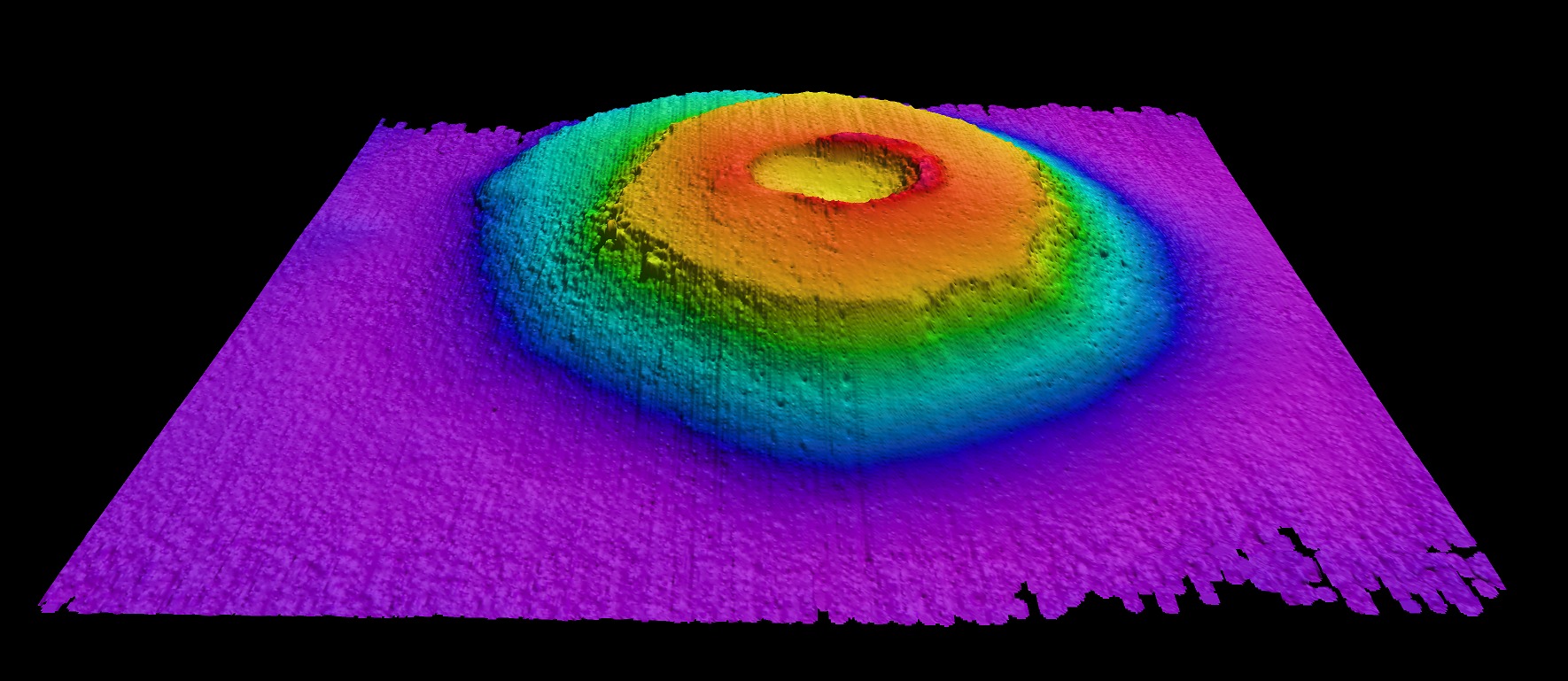
Modern technology has transformed how scientists study underwater volcanoes. However, advances in technology, such as remotely operated vehicles (ROVs), autonomous underwater vehicles (AUVs), and seafloor observatories, have improved our ability to monitor and study these eruptions.
Three more military technologies came to the scientific community in the 1990s and transformed the study of submarine volcanoes: The global positioning system (GPS) of satellites; Remotely operated vehicles (ROVs), which are operated by pilots from a surface ship to remotely control the cameras, lights and sampling tools of a robotic vehicle on the seabed; and · Autonomous underwater vehicles (AUVs), which are pre-programmed autonomous robots that run subsea mapping and sampling missions and then return to the sea surface for collection.
The monitoring capabilities at places like Axial Seamount are truly impressive. The primary marine-based instrumentation used for submarine volcanoes includes ocean-bottom pressure sensors to assess sea-floor deformation, ocean-bottom seismometers (OBSs) to detect seismicity, and both moored and ocean-bottom hydrophones to detect submarine explosions. Other sensors offer important monitoring data, such as turbidity, temperature, and chemistry of hydrothermal emissions.
Live tele-presence (streaming video, commentary and vehicle navigation data) has democratised this type of science, to the extent that tele-presence-enabled operators such as the NOAA Office of Ocean Exploration and Research, the Ocean Exploration Trust and Schmidt Ocean Institute (to name a few) can bring seabed science to many tens of scientists and thousands of public participants around the world in real time.
The Challenge of Monitoring Ocean Floor Volcanoes Globally
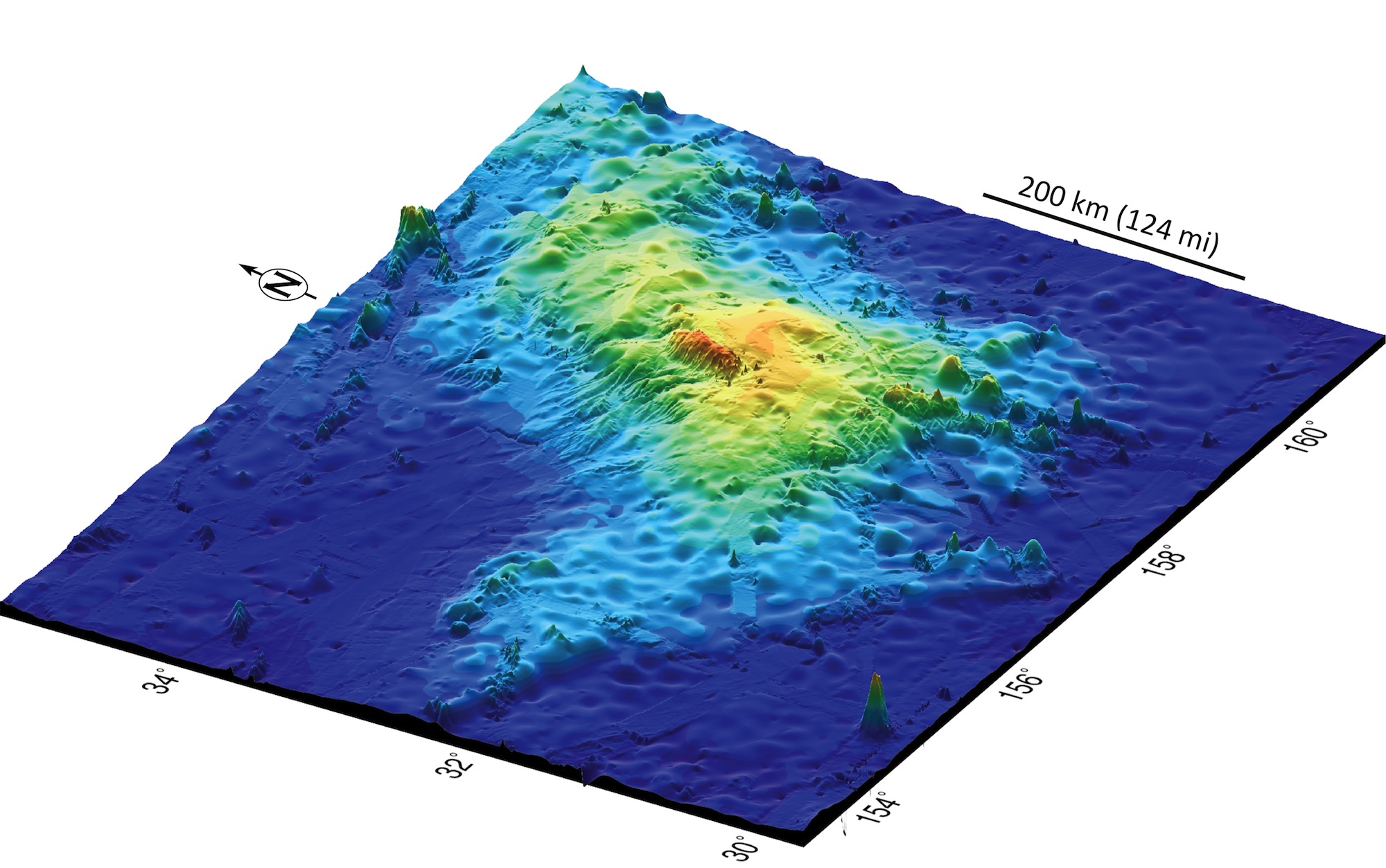
Despite technological advances, monitoring underwater volcanoes remains incredibly challenging. Although the majority of volcanism on Earth occurs underwater, submarine volcanoes are particularly hard to instrument because of a lack of access. For this reason, only a few are continuously monitored and have been studied extensively.
Yet, submarine volcanoes are largely unmonitored, and many eruptions occur that are unnoticed or only identified hours or days afterward. This monitoring gap means that potentially dangerous volcanic activity could be occurring right now without our knowledge.
The vastness of the Pacific Ocean compounds this challenge. The Pacific Ocean is huge, and the islands are quite isolated, with many lacking seismic instrumentation. The closest station to Hunga Tonga–Hunga Haʻapai with available data is a Raspberry Shake – a citizen-science station – more than 700 kilometers (430 miles) away.
Marine-based instruments are typically deployed in campaign-style networks with no real-time telemetry owing to cost considerations and technical limitations. However, when necessary, marine instruments can be operated in real time using cables to transmit data to land-based facilities. The cost and complexity of maintaining these systems in harsh ocean environments presents ongoing challenges for researchers.
What Happens When the Ocean Floor Erupts
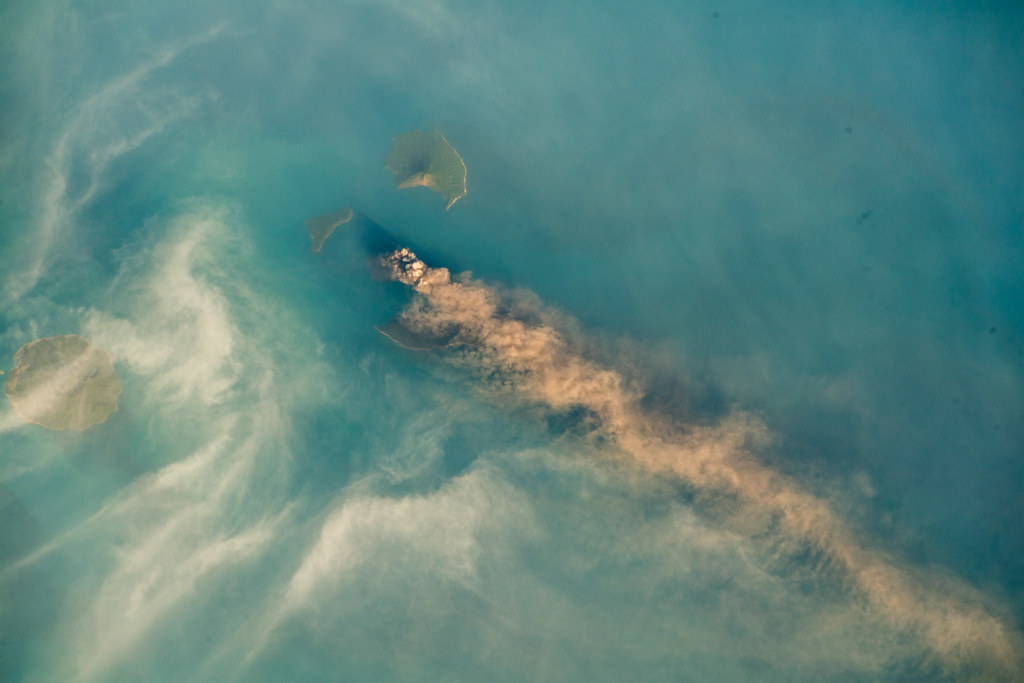
When an underwater volcano finally erupts, the process is quite different from what you might see on land. When the Axial Seamount does erupt, it won’t be showy. The structure is considered a shield volcano, meaning it won’t explode in fiery glory. Instead, it will ooze lava once enough pressure cracks the surface open.
The first sign of an Axial Seamount eruption is a sudden increase in earthquakes as magma pushes toward the surface. Lava flows spread across the caldera within an hour, and fissures open up to 25 miles away. Seismic activity rapidly decreases over the next few days, but the eruption continues for about a month, gradually shaping the seafloor.
The interaction between lava and seawater creates unique formations. When lava emerges into the cold water of the deep sea, it freezes into formations known as pillow basalts. These distinctive rock formations provide scientists with evidence of past underwater eruptions.
Though Axial Seamount’s eruptions aren’t particularly violent, they produce startling sounds. When seawater gets trapped beneath lava, it turns to steam. As the steam escapes, it forms a bubble that collapses rapidly, causing a loud implosion detectable by hydrophones. These acoustic signals help scientists track eruption progress in real time.
Conclusion: A New Era of Underwater Volcanic Awareness

The evidence is mounting that our planet’s next major volcanic event may well emerge from the depths of the ocean rather than from familiar peaks on land. With thousands of active underwater volcanoes and only a handful being monitored, we’re potentially missing crucial warning signs of eruptions that could impact global climate, trigger tsunamis, or disrupt marine ecosystems.
The breakthrough predictions at Axial Seamount represent just the beginning of a new era in volcanic science. As monitoring technology improves and our understanding of underwater volcanic processes deepens, we’re likely to discover that the ocean floor plays a much larger role in shaping Earth’s future than we ever imagined.
What’s particularly remarkable is that we’re living through a unique moment when we can actually witness these deep-sea geological processes in real time. The next major eruption might happen thousands of feet underwater, invisible to the naked eye, yet its effects could ripple across the globe in ways we’re only beginning to understand. What do you think about the idea that our planet’s next big volcanic surprise might come from the hidden world beneath the waves?

Hi, I’m Andrew, and I come from India. Experienced content specialist with a passion for writing. My forte includes health and wellness, Travel, Animals, and Nature. A nature nomad, I am obsessed with mountains and love high-altitude trekking. I have been on several Himalayan treks in India including the Everest Base Camp in Nepal, a profound experience.

